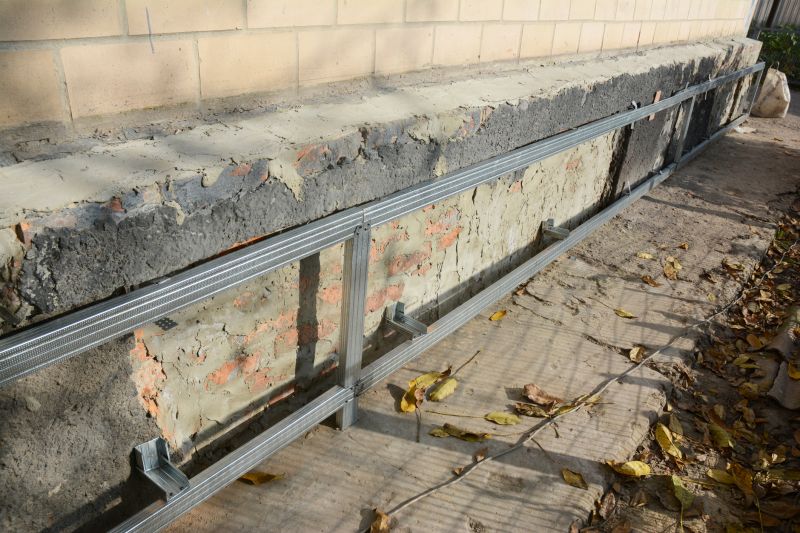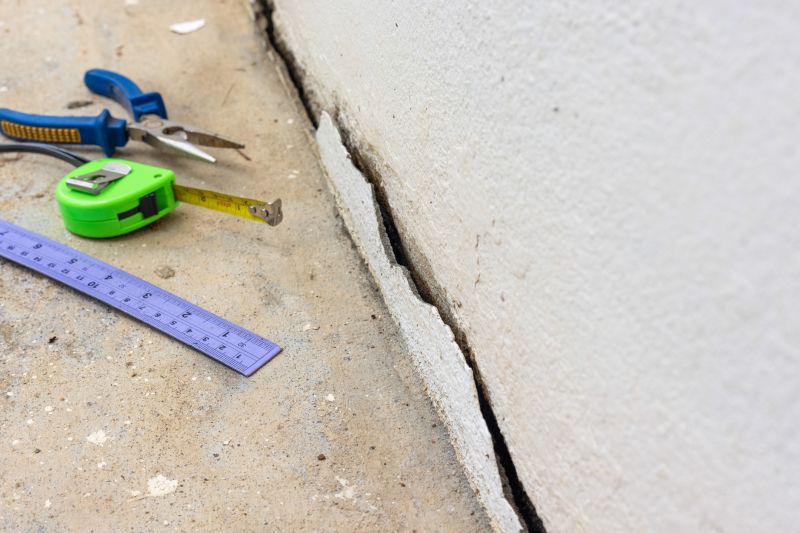Best Seasons for Foundation Repairs
Foundation repairs are most effective when performed during specific weather conditions and seasonal periods. Optimal times typically include dry months with stable temperatures, which help ensure proper curing and adhesion of repair materials. Performing repairs in mild weather reduces the risk of complications caused by excessive moisture or temperature fluctuations.
Timing can also depend on soil conditions; dry seasons tend to minimize soil movement, decreasing the likelihood of further shifting after repairs. Scheduling during these periods can lead to longer-lasting results and fewer disruptions.
Ideal for foundation repairs due to moderate temperatures and lower precipitation levels, allowing materials to set properly.
Suitable when soil moisture levels are stable, reducing the risk of future shifting after repairs.
Cold temperatures and excessive moisture can hinder repair processes and compromise the integrity of repairs.
Timing repairs during periods of soil stability helps prevent future foundation issues caused by soil expansion or contraction.

Dry, moderate weather supports effective repairs.

Stable soil conditions aid lasting results.

Optimal soil moisture levels help prevent future shifting.

Typically not recommended due to cold and moisture challenges.
| Season | Optimal Conditions |
|---|---|
| Spring | Moderate temperatures, low precipitation, soil stability |
| Summer | Warm, dry weather, stable soil conditions |
| Fall | Cooler temperatures, consistent soil moisture |
| Winter | Cold temperatures, high moisture, potential delays |
Foundation repairs involve addressing issues such as cracks, settling, and shifting that can compromise the structural integrity of a building. These repairs may include underpinning, piering, or stabilization techniques designed to restore stability. Proper timing of repairs is crucial to ensure long-term effectiveness and prevent recurring problems.
Statistics indicate that foundation-related issues account for a significant percentage of structural problems in residential properties. Addressing these issues promptly during optimal seasons can reduce repair costs and extend the lifespan of the foundation. Regular inspections can help identify early signs of damage, allowing repairs to be scheduled at the most advantageous times.

Includes assessment, stabilization, and reinforcement techniques.

Sealing and reinforcing cracks to prevent further damage.

Lifting and supporting uneven or sinking foundations.

Visible cracks and uneven floors indicate potential issues.

Restored stability and structural integrity.

Ways to make Foundation Repairs work in tight or awkward layouts.

Popular materials for Foundation Repairs and why they hold up over time.
For property owners considering foundation repairs, it is advisable to evaluate local weather patterns and soil conditions to determine the most suitable timing. Proper planning and professional assessment can ensure repairs are performed during periods that maximize durability and effectiveness.
Interested property owners in Hudson, OH, can contact specialists to discuss timing options and schedule assessments. Addressing foundation issues at the right time can help maintain the safety and value of the property.


